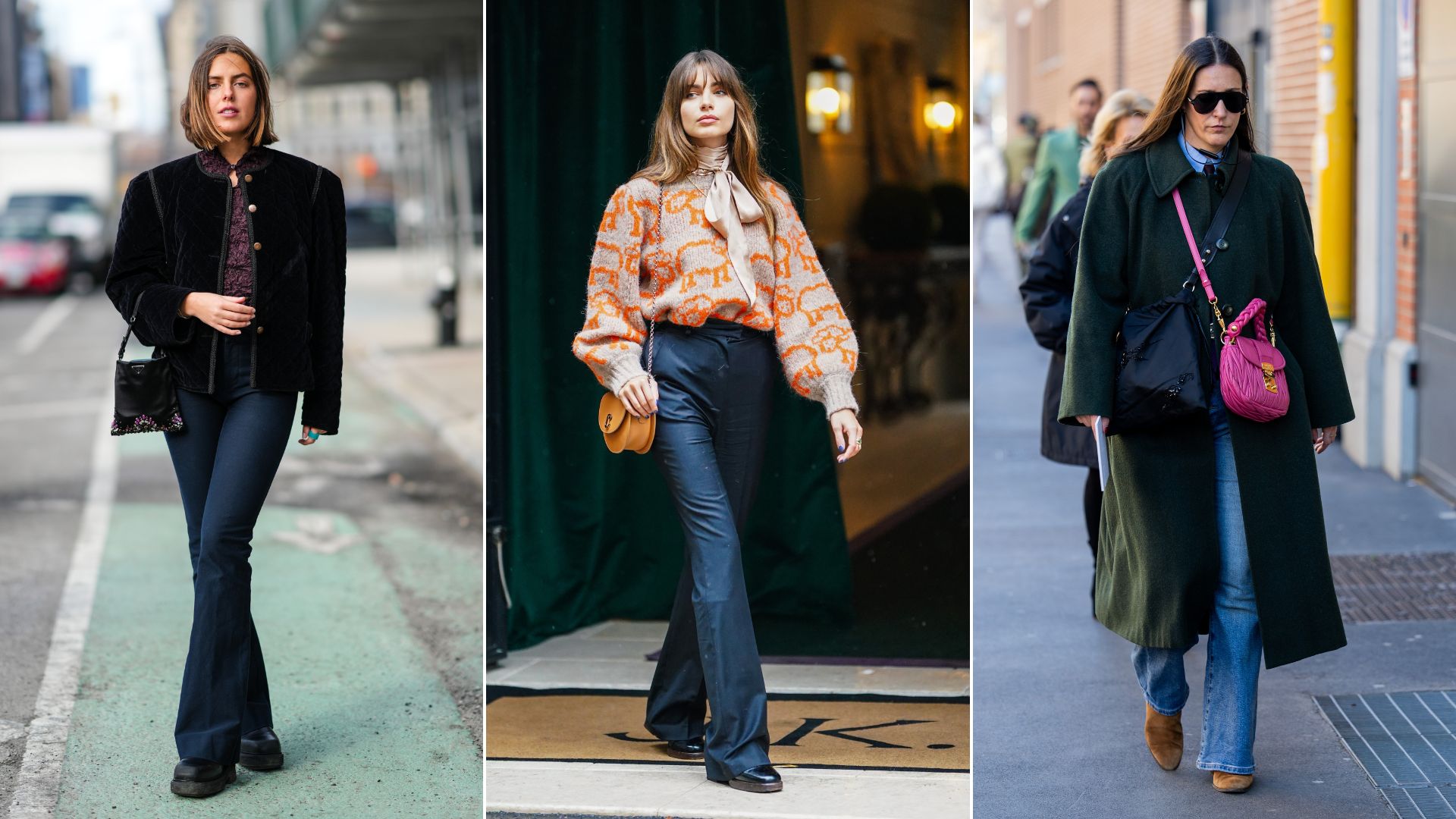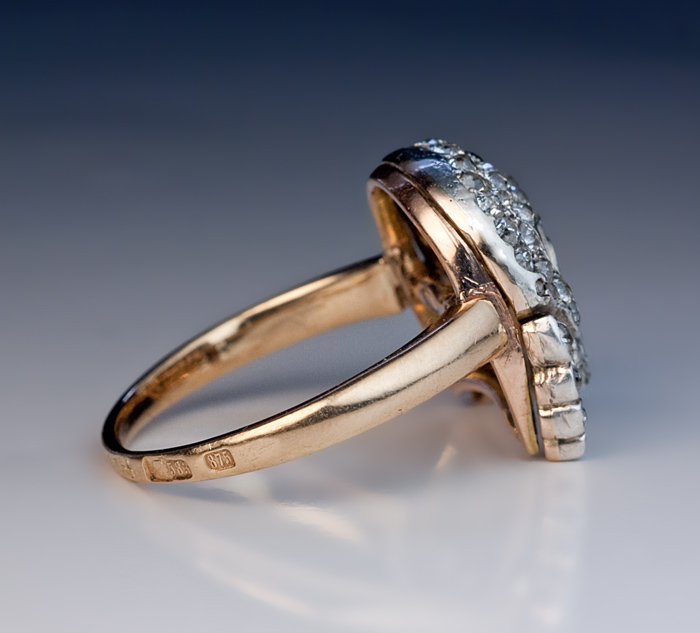Stained Glass and Clyde Barrow

One evening in Autumn of 1967 some friends and I, sophomores at North Texas State University, adjourned to the Campus Theater on the courthouse square in Denton, Texas, to view the then-new Hollywood movie ‘Bonnie and Clyde’. That minor but very popular opus had its world premier there a few days before, having been filmed in little towns all around Denton and Dallas Counties where many of the buildings housing the banks robbed by the original Bonnie and Clyde are still standing. The movie itself was a rather thin period fashion show, and neither Warren Beatty nor Faye Dunaway were especially convincing as the 1930s-era desperadoes Clyde Barrow and Bonnie Parker. The film’s glamorizing and romanticizing of the outlaw ways of Barrow and Parker sort of complimented the rebellious ‘hippie’ counter-culture notions fashionable among a lot of late ’60s American bourgeois college kids.
The following weekend, while visiting my parents in Dallas, I mentioned having gone to see ‘Bonnie and Clyde.’ My mother replied, “He used to bounce me on his knee.” “Really?!” I reacted. She nodded yes and smiled to herself. Some years later, one thing having led to another and another, I got to the bottom of that quite unexpected addition to my initial experience of the notorious local pair.
Sometime during the 1980s I came to find, after a little casual, entertaining research at the Dallas Public Library, that the true story of the Barrow gang is, as is usually the case, far more interesting and complex than the one-dimensional popular myth. To be sure, the sociological undercurrents of the real story are properly regarded as important history. In the 1990s I happened upon a fascinating and well crafted little book titled ‘Running With Bonnie and Clyde: The Ten Fast Years of Ralph Fults’, by John Neal Phillips. One chapter in this electric recounting of the incredibly violent experiences of a number of the members of Barrow’s Lake Dallas Gang tells of Barrow after being released from one of his stints in prison. Having decided to try going more or less straight, he set out to find employment, hitchhiking and bussing from Texas to Massachusetts. But his record and his timing (This was during the Great Depression, when jobs were scarce) left him with no prospects, and he returned, homesick, to Dallas.
A few years back, during one of my visits with the proprietor of Molloy Glass and Mirror, a little shop on Floyd Street in Dallas, and one of the oldest businesses still in operation in Dallas, I was surprised to learn from him that for many years Dallas had been a bit of a hotbed of art glass manufacturing for churches, commercial buildings and homes. He fished out a circa Nineteen-teens Dallas telephone directory and showed me that the company with the most advertisements in the directory was Dallas Art Glass Company, with about 100 employees.
At least two art glass shops other than Molloy’s were located on Floyd Street and the adjacent Swiss Avenue during the Great Depression. One was the United Glass and Mirror Company. After Clyde Barrow returned from the North, he was hired by that firm as a delivery driver. Apparently he was well-liked. He’d saunter over to Molloy’s and hang out with the employees there, so I’m told. But at that time in Dallas, instances of criminal mischief would bring the local constabulary out to round up the usual suspects. Clyde’s being in that category meant squad cars in the street in front of United Glass and Mirror. After a few episodes of the resulting negative publicity, United decided to let Barrow go. That was the last time the frustrated and short-fused Barrow gave any thought to legitimate employment.
The art glass companies in Dallas employed a number of immigrant artisans, most of whom were Czech or German. After my maternal grandfather immigrated to the USA from Prague, Czechoslovakia in 1913, he worked at a number of stained glass shops around Texas until he was able to devote full time to his own studio later. His first wife died in the early 1930s, leaving two young children. It wouldn’t have been unusual for those children to have been at their father’s places of employment, two of which were United Glass and Mirror and Molloy Glass and Mirror, where they’d have likely come into contact with the soon-to-be desperate, hardened, wanted killer Clyde Barrow.
The present-day post-modern, cosmopolitan international crossroads known as Dallas, Texas has kept a bit of its former towniness. One encounters familiar places, often unchanged from days gone by, in older areas of the city. The building that was once the filling station/snack bar that Barrow’s father, with whom Barrow was very close, built in front of the little frame house he had built earlier, stands on Singleton Avenue in the West Dallas area. The little duplex in front of which Barrow shot and mortally wounded a sheriff’s deputy is still nearby on North Winnetka Avenue. The house in which Bonnie Parker lived with her mother is on Douglass Street just south of Wycliff Avenue, near Maple Avenue. And the building which housed a café where Parker was a popular waitress before she met Barrow now houses a grinding shop, near the Baylor Hospital complex in Old East Dallas, a few blocks from those art glass shops on Floyd Street and Swiss Avenue, and an easy and pleasant bike ride from the chair in which I sit typing.
I regularly pass by the buildings associated with Clyde Barrow and Bonnie Parker, very much like buildings in Dallas neighborhoods in which I spent my childhood. It’s not at all difficult for me to imagine the affable future vicious outlaw, in his honest working man’s clothes, bouncing my mother, then a very young child, on his knee, leaving her, strangely, with a pleasant memory.







